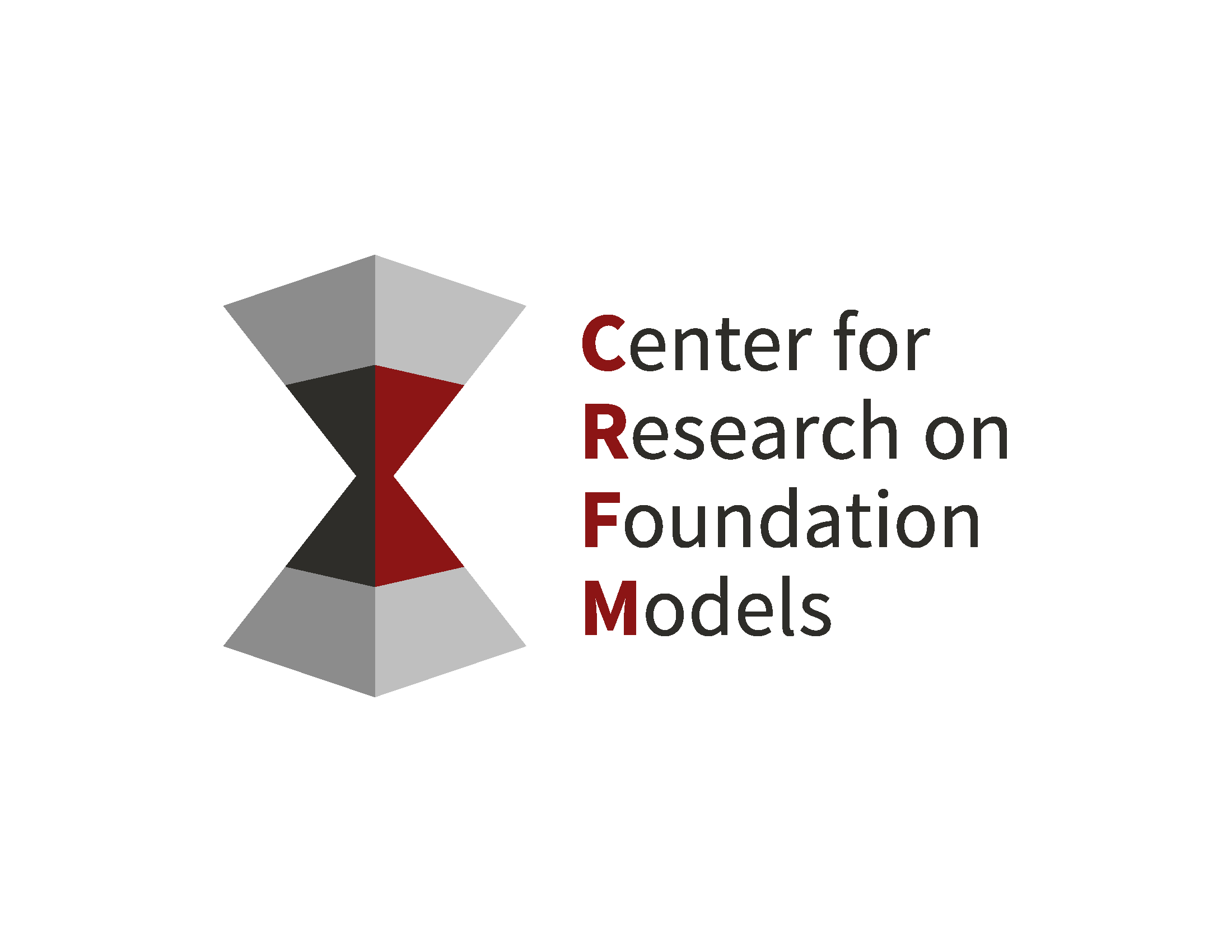Introducing The Foundation Model Transparency Index

🌈 Abstract
The article discusses the lack of transparency in the foundation model space, where companies like OpenAI are becoming less transparent about their models. This makes it harder for other businesses, academics, policymakers, and consumers to understand the limitations and potential harms of these powerful AI technologies. The Center for Research on Foundation Models (CRFM) at Stanford HAI has developed a Foundation Model Transparency Index (FMTI) to assess and score the transparency of 10 major foundation model companies. The results show significant room for improvement, with the highest scores ranging from 47 to 54 out of 100. The article highlights the importance of transparency for advancing AI policy initiatives, ensuring informed decision-making by industry and academia, and protecting consumer rights.
🙋 Q&A
[01] Lack of Transparency in the Foundation Model Space
1. What are the key concerns raised about the lack of transparency in the foundation model space?
- It makes it harder for other businesses to know if they can safely build applications that rely on commercial foundation models
- It makes it harder for academics to rely on commercial foundation models for research
- It makes it harder for policymakers to design meaningful policies to rein in this powerful technology
- It makes it harder for consumers to understand model limitations or seek redress for harms caused
2. How does the lack of transparency impact consumers and the public?
- As end-users of AI systems, the public needs to know what foundation models these systems depend on, how to report harms caused by a system, and how to seek redress
- The lack of transparency around commercial foundation models poses similar threats to consumer protection as seen with deceptive ads, unclear wage practices, and content moderation issues on social media
[02] The Foundation Model Transparency Index (FMTI)
1. What is the purpose of the FMTI?
- The FMTI is a scoring system developed by a multidisciplinary team from Stanford, MIT, and Princeton to assess the transparency of 10 major foundation model companies
- It evaluates 100 different aspects of transparency, from how a company builds a foundation model, how it works, and how it is used downstream
2. What were the key findings from the FMTI assessment?
- The highest scores ranged from 47 to 54 out of 100, which the researchers say is not worth "crowing about"
- The lowest score was 12 out of 100
- The researchers found that at least one company got a point for 82 out of the 100 indicators, suggesting that higher levels of transparency are possible
3. How does the FMTI aim to guide policymakers and influence transparency?
- The FMTI is intended to help policymakers, such as those in the EU, the U.S., the U.K., China, Canada, and the G7, design effective regulations for foundation models
- The extensive data and methodology provided with the FMTI can give policymakers clarity on the current state of transparency and what needs to change
[03] Importance of Transparency for AI Policy and Stakeholders
1. Why is transparency important for advancing AI policy initiatives?
- Transparency is a precondition for other policy efforts, as foundation models raise substantive questions involving intellectual property, labor practices, energy use, and bias
- Without transparency, regulators cannot even pose the right questions, let alone take action in these areas
2. How does transparency benefit different stakeholders?
- For academics and industry, transparency allows them to rely on commercial foundation models and make informed decisions
- For consumers, transparency is needed to understand model limitations and seek redress for harms
- For the public, transparency is important to know what foundation models underlie the AI systems they use
3. What are some of the key areas where companies lack transparency according to the FMTI?
- Companies do not provide information about how many users depend on their model or the geographies/market sectors that use their model
- Most companies do not disclose the extent to which copyrighted material is used as training data
- Companies do not disclose their labor practices, which can be highly problematic